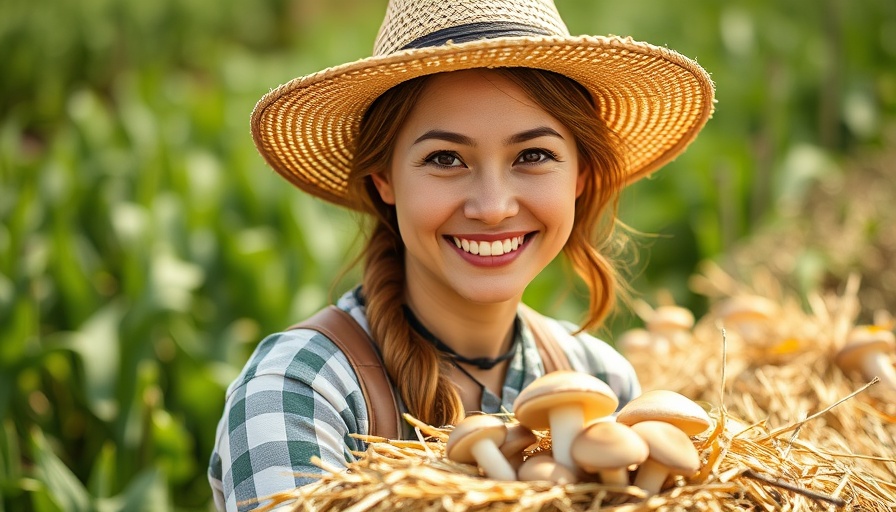
Unlocking the Potential: Growing Mushrooms on Straw
Have you ever considered the potential of growing your own mushrooms? Straw, often overlooked in agricultural discussions, is not only abundant but also a fantastic medium for cultivating various mushroom species. This eco-friendly approach allows families, parents, and farmers to engage with sustainable living in a practical and rewarding way.
In 'Can You Grow Mushrooms On Straw? - The World of Agriculture', the discussion dives into the sustainable practice of mushroom farming using straw, exploring key insights that sparked deeper analysis on our end.
The Basics of Straw Preparation
Straw consists of the dried stalks of cereal crops such as wheat, oats, and barley. Unlike hay, which is nutrient-rich and can harbor unwanted molds, straw provides a cleaner environment that promotes healthy mushroom growth. The key to successful mushroom cultivation on straw lies in its preparation. Start by chopping the straw into small pieces, making it easier for the mushroom mycelium to colonize.
Importance of Pasteurization
Pasteurization is a crucial step that reduces the presence of competing microorganisms. You can achieve this by soaking straw in hot water or using lime solutions. This process not only prepares the straw for inoculation with mushroom spawn but also creates a pH environment that favors mushroom growth. When done correctly, this step can significantly boost your yield.
Recommended Mushroom Varieties
The most popular type of mushrooms to grow on straw are oyster mushrooms, which come in delightful colors ranging from gray to pink. Beyond oysters, varieties such as shiitake and turkey tail can flourish in this substrate. Families can enjoy the fun of watching these mushrooms grow, as many of them fruit within just 2 to 3 weeks after inoculation.
Benefits of Mushroom Cultivation
Besides providing scrumptious food, growing mushrooms on straw supports sustainable agricultural practices. It utilizes leftover crop residues, reduces waste, and contributes to healthy soil management. Once you've harvested your mushrooms, remember that the spent straw isn't waste; it can be composted to enrich your garden!
In summary, exploring mushroom cultivation on straw is a delightful and sustainable choice for families and farmers alike. As you embark on this hobby, you’ll not only cultivate your relationship with food but also enhance your contributions to the environment. Embrace sustainable living by transforming something as simple as straw into a bountiful harvest. Happy mushroom growing!
 Add Row
Add Row  Add
Add 




Write A Comment